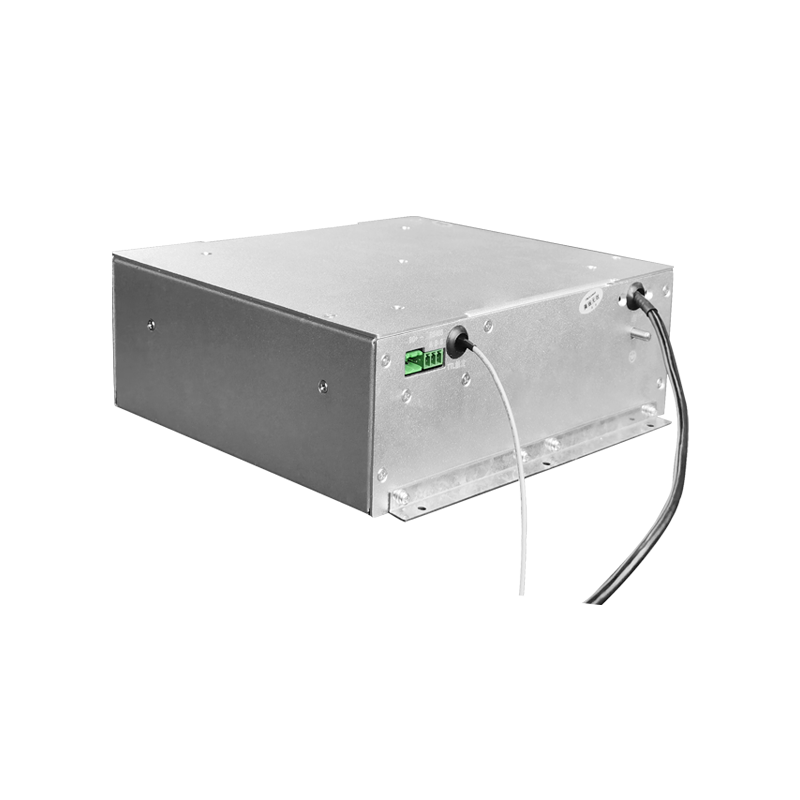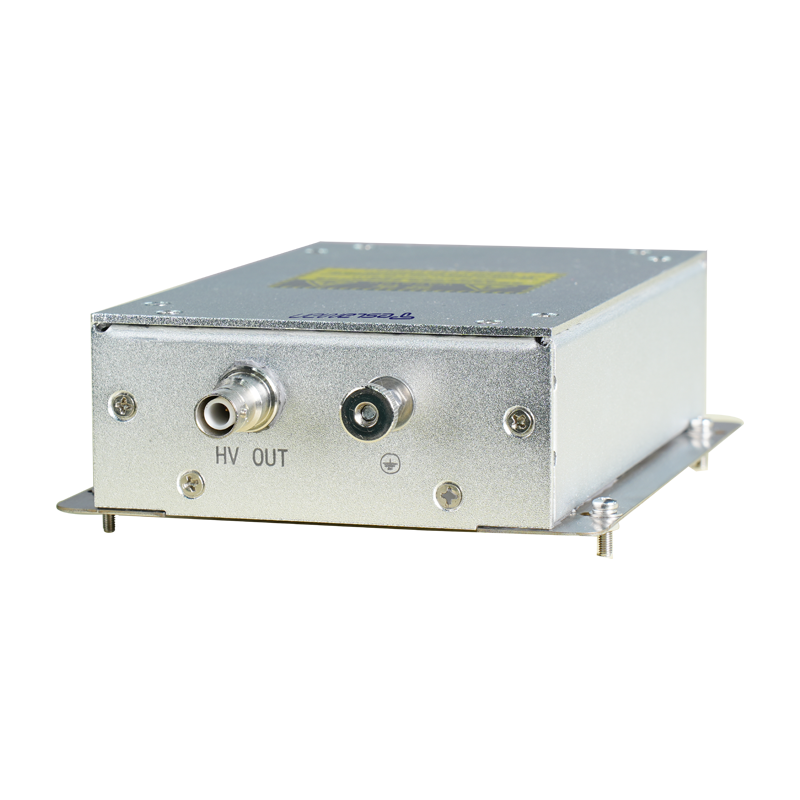Energy Dispersive X-Ray Fluorescence Power Supply: Background Noise Suppression and Signal Enhancement
Energy-dispersive X-ray fluorescence (EDXRF) relies on high-voltage excitation to produce X-rays that induce characteristic fluorescence in a sample. The stability and noise characteristics of the power supply directly affect spectral clarity and detection sensitivity, especially for trace elements. Suppressing background noise while enhancing signal strength is essential for accurate analysis.
The power supply employs a low-ripple full-bridge inverter with active filtering and electromagnetic shielding to achieve noise levels below 10 ppm. Real-time monitoring of tube voltage and current generates a dynamic noise model, isolating source-induced fluctuations from detector signals.
Signal processing algorithms use adaptive noise cancellation and wavelet transformation to suppress low-frequency noise components and extract transient fluorescence peaks. Machine learning regression models automatically optimize gain and noise thresholds based on sample characteristics, enhancing signal-to-noise ratio.
Integrated coordination between the power supply and detector allows dynamic adjustment of tube output according to real-time photon flux and sample absorption properties, maximizing fluorescence efficiency. These combined hardware and algorithmic strategies improve spectral resolution by 20% and increase signal-to-noise ratio by approximately 35%, enabling high-precision elemental analysis and environmental monitoring.




















